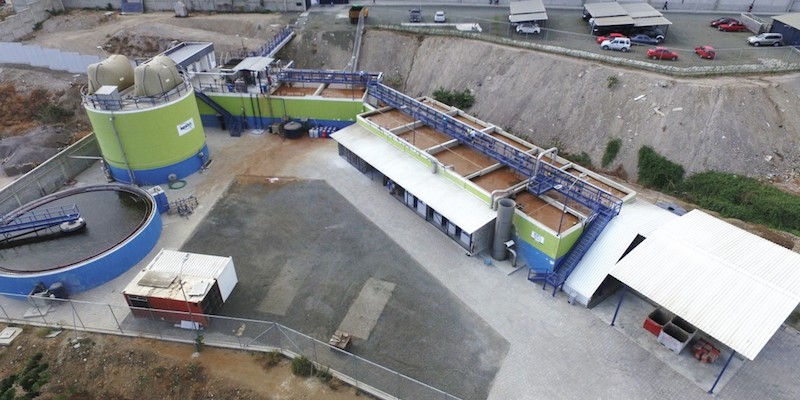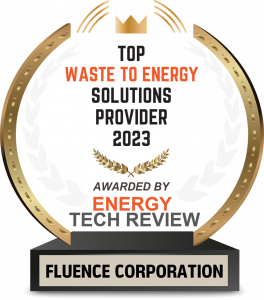
Streams from dairies, paper and pulp processors, meat and fish processors, breweries, and fruit and confectionary operations all generate rich feedstock for anaerobic digestion.
Anaerobic digestion treats high-strength wastewater streams while producing energy for a range of processes
The wastewater treatment process called anaerobic digestion is the kind of flexible solution that is bringing the circular economy from the drawing board to reality. Not only is it capable of treating high-strength wastewater streams that might overload conventional municipal infrastructure, it can also recover valuable resources like biosolids for fertilizing soil.
The most valuable resource recovered by anaerobic digestion is energy in the form of biogas, a mixture of methane and carbon dioxide, with traces of water vapor and other gases. Given sufficient processing, it can be used interchangeably with standard natural gas. The list of uses for biogas is extensive.
Heat Energy from Biogas and Biomethane
Biogas can be used to generate heat to operate boilers, turbines, and pumps, and can be used to produce both heat and power in a combined heat and power (CHP) plant. It is a common cooking fuel and is used for various styles of burners and lamps in some regions.
Biomethane is the purified form of biogas after carbon dioxide, hydrogen sulfide, and water have been removed. Biomethane can be used interchangeably with standard natural gas for many applications, including powering vehicles. Methanol, a type of alcohol that can be added to gasoline, can also be produced from biogas.
The European Union (EU) is leading the way as the largest producer of biogas and biomethane in the world, the latter of which accounts for 17% of the natural gas used for fueling vehicles in the EU. Cross-border trade in carbon-neutral biomethane is growing as the European Commission’s (EC’s) Green Deal is charting a unified decarbonization course for EU member states.
Electricity Generation
One popular use for anaerobic digestion biogas is for fueling on-site operations — including the anaerobic digestion process itself — along with other wastewater treatment stages or industrial processes. Excess electricity is available for other uses or can be fed back into the grid of a participating utility to create a new revenue stream.
In Ecuador, a Fluence anaerobic digestion process at a fish-processing plant generates approximately 1,300 m3/d of biogas for the company. The waste-to-energy system allowed the plant cut its wastewater treatment costs by 50% and its net energy consumption by 35-40%.
Viability of Anaerobic Digestion
When considering the viability of anaerobic digestion, feedstock must contain a critical mass of concentrated organic material to justify the addition of anaerobic digestion energy recovery, but even small operations can combine waste streams with those of other nearby operations to make biogas-fueled generation viable. Streams from dairies, paper and pulp processors, meat and fish processors, breweries, and fruit and confectionary operations all generate rich feedstock for anaerobic digestion.
The Fluence catalog of specialized equipment was developed with scalability and agility in mind, and, in many cases, we’ve added anaerobic digestion to industrial wastewater treatment processes without a pause in production. In addition to anaerobic digestion technology, Fluence offers Nitro, shortcut nitrogen removal using MABR technology. Nitro can remove more than 90% TIN and eliminate up to 20% of total nitrogen load to the plant, greatly reducing levels of greenhouse gas released into the atmosphere.
Contact Fluence — our experts are here with 30 years of experience to help identify the waste-to-energy opportunities in your operation.

